If you’re a teacher, parent or other friendly person supporting children who are learning English, you’ll know it’s tricky to find good books for them, especially if they’re older than five or six. Today specialist teacher Frank Wilson initiates us into the mysteries of what books suit English language learners: what to look for, and some great examples to search out.
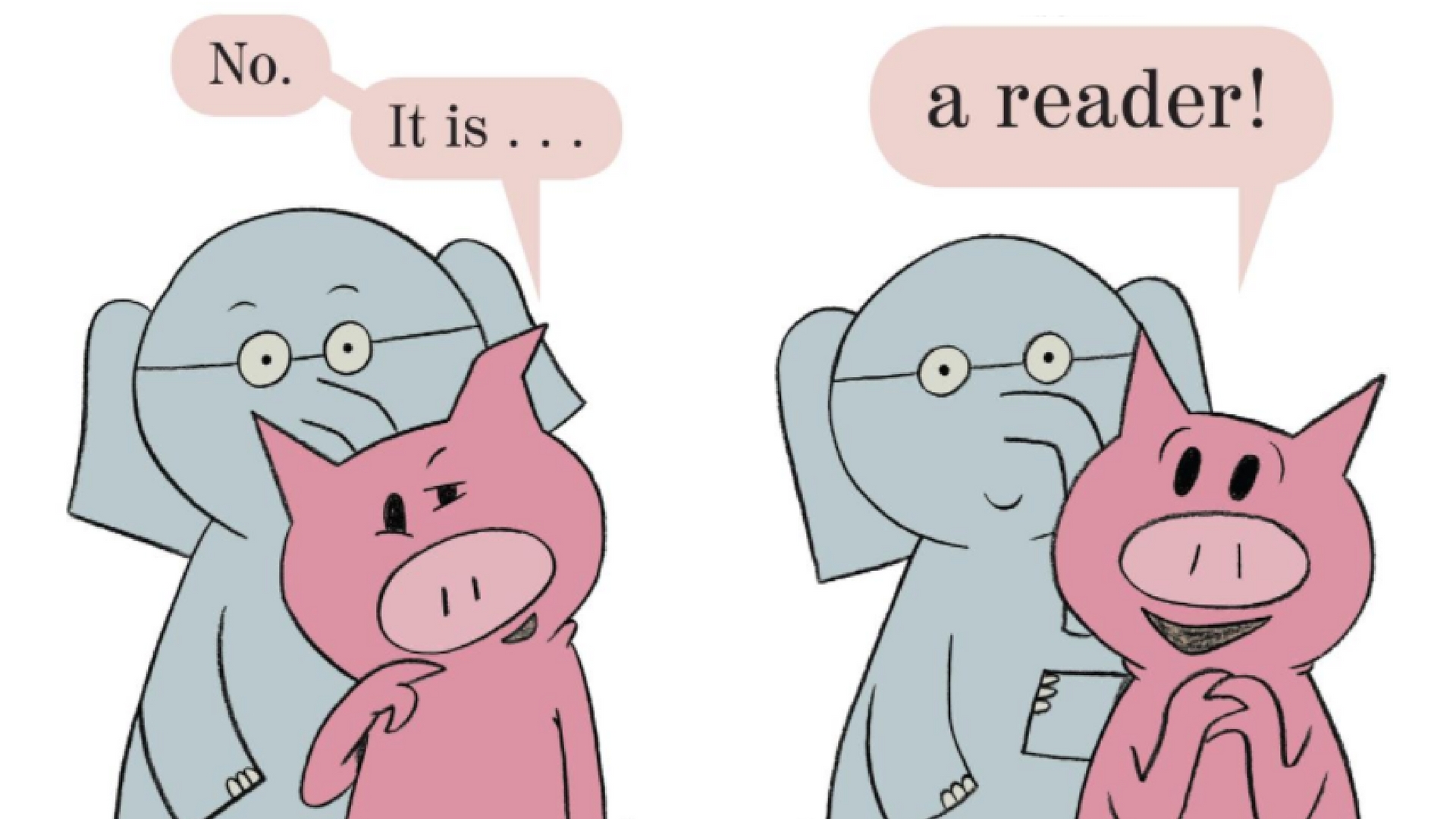
Recently, I had the privilege to work with a 14-year-old boy from Burma. Not only could he read and write in three different languages, but each of those languages (Mizo Chin, Burmese and Thai) had completely different alphabets.
Imagine being this child, arriving at school in New Zealand and being handed a copy of Greedy Cat by your teacher. It’s hugely popular – if you’re five.
Finding books that will hook English language learners can be tricky. They are an extremely diverse group in their interests, English language ability and whether they are literate in their home language.
Some types of books typically work better than others for English language learners (ELLs). Let’s look at what they have in common.
High/low picture books
A 14-year-old learning to read English isn’t going to enjoy most of the books designed for five-year-old native speakers, so finding something that is easy to read while still capturing their interest is essential.
A high/low book is high in terms of the subject matter, with a low reading level.
What to look for:
- short simple text
- pictures that gives clues about the text as well as adding to the story
- interesting or unusual plots.
Some great examples:
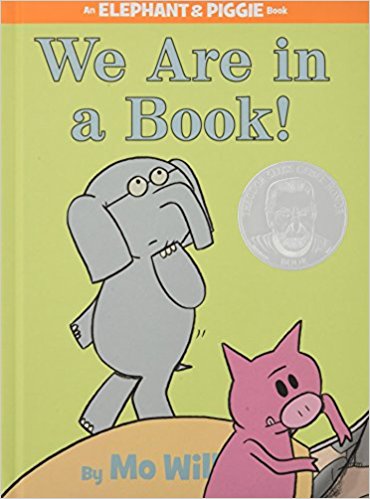
Elephant and Piggie (series)
By Mo Willems
Hyperion Books
RRP $24.00
These books are written as a hilarious conversation between elephant, piggie and the reader. Each book has no more than 50 different words and the pictures give clues to the text so they are great for beginning readers.
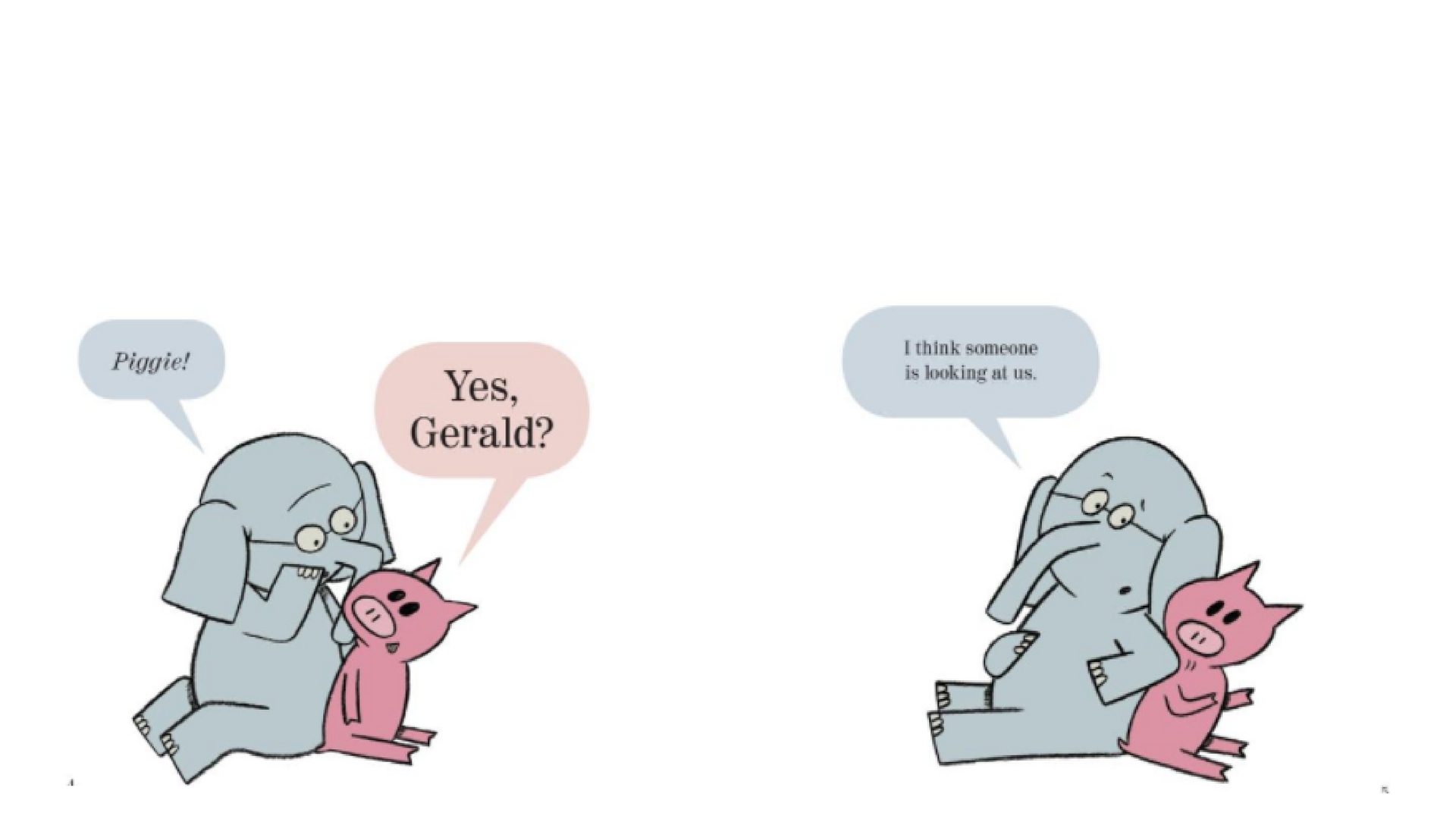
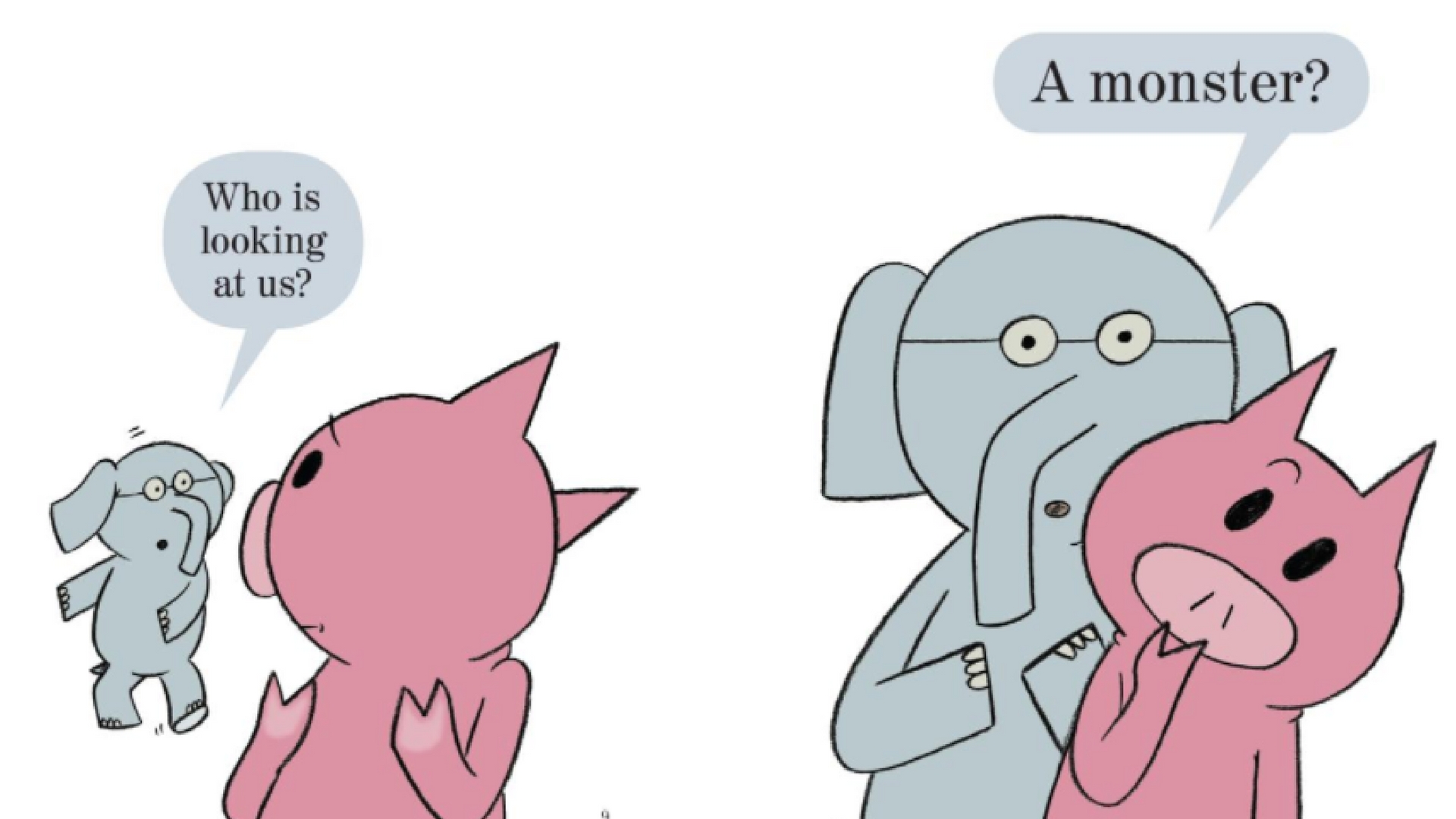

Extract from the Elephant and Piggie book We are in a book! by Mo Willems. Easy readers often use repetition to help the reader, but that can be stilted or boring. Mo Willems manages to use repetition in a way that is never boring.
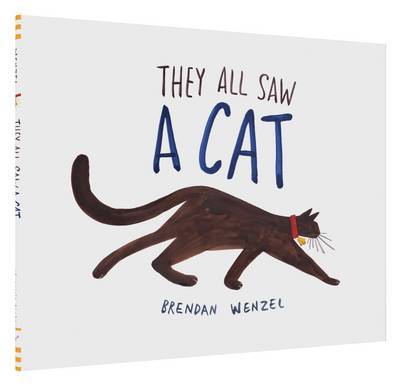
They All Saw A Cat
By Brendan Wenzel
Chronicle Books
RRP $34.99
This book is about a cat going for a walk and each picture shows how the cat appears to a variety of animals. It has extremely simple text, but the pictures have amazing detail and it can be understood even by children with no English at all.
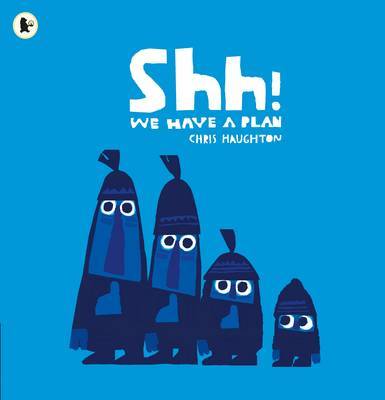
Shhh! We Have A Plan
By Chris Haughton
Walker Books
RRP $19.00
This is another great picture book with extremely simple text and pictures that support the text. It uses repetition really well and the humour will appeal to kids of all ages.
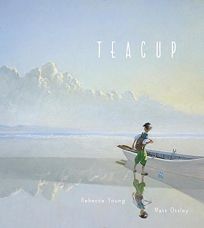
Teacup
By Rebecca Young
Illustrated by Matt Ottley
Scholastic Australia
RRP $27.00
The pictures in this book are gorgeous and sophisticated. It has an interesting plot that holds the reader’s interest.
High/low chapter books
When all their friends are reading chapter books, some kids may be reluctant to be seen with ‘babyish’ picture books – even ones as awesome as those above. High/low chapter books are simple to read but look like more advanced books.
What to look for:
- Lots of pictures
- not too much text
- looks like a proper novel
- often books written from a child’s perspective are easier to read.
Some great examples:
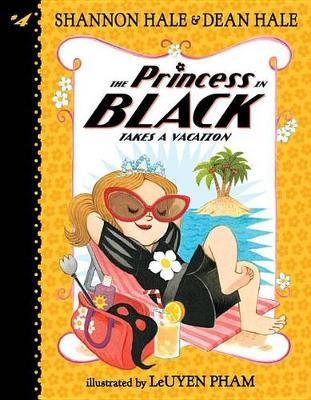
Princess in Black
By Shannon and Dean Hale
Illustrated by LeUyen Pham
Candlewick Press, US
RRP $11.99
This is an easy reader for children who want to read chapter books but need a bit of support. There are lots of pictures to support the (very large!) text – plus it’s about a kickass princess!
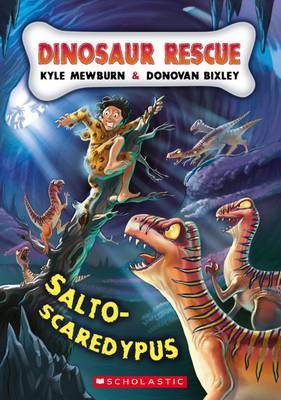
Dinosaur Rescue series
By Kyle Mewburn
Illustrated by Donovan Bixley
Scholastic New Zealand
RRP $12.00
There may be some vocab in here that trips up some kids, but you may be surprised how many dinosaur related words your English language learner knows! These are really fun, silly books that will appeal to many kids.
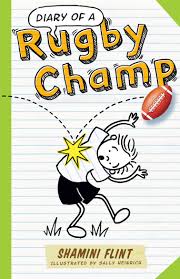
Diary of a Rugby Champ
By Shamini Flint
Illustrated by Sally Heinrich
Allen & Unwin
RRP $12.99
Marcus is a maths whizz who isn’t naturally talented at sport, but his Dad thinks he could be great at rugby. This is part of a series featuring different sports in each book. There are pictures throughout and it’s written in a semi-comic style with short, easy to understand sentences.
Graphic novels
Graphic novels can be high/low chapter books in disguise. Many are adaptations of other books so kids can read the same books as their peers.
What to look for:
- ones that don’t jump around too much – flashbacks can be very confusing
- slang that is easy to understand
- check the content – some graphic novels can perpetuate negative stereotypes.
Some great examples:
These graphic novels are all about children who experience cultural conflict which makes them easy to relate to for many English language learners.
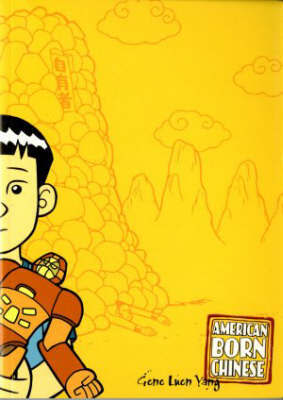
American Born Chinese
By Gene Luen Yang
Published by Roaring Brook Press
RRP $33.00
This book is fabulous for challenging stereotypes and racism – ELL kids will find many familiar situations. For example, people assuming they can’t speak English, having relatives who are different to their friends’ relatives or being the targets of racist comments.
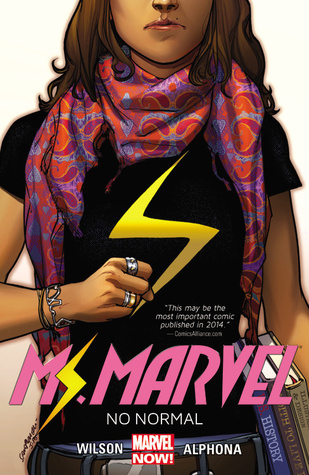
Ms Marvel
By G. Willow Wilson and Adrian Alphona
Ms Marvel is about Kamala Khan, a teenage Muslim girl in America who becomes the next Ms Marvel. It deals with the tension Kamala feels between her family and her new life, and how she creates a new cultural box for herself.
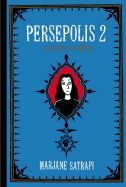
Persepolis
By Marjane Satrapi
Random House
RRP $32.00
Persepolis is a memoir about the author’s childhood in Iran during the revolution and Iran-Iraq war. Some of the content is graphic, so this is one for older readers.
Books about ‘otherness’
Most English language learners experience feelings of being on the outside or different from their peers. Books about kids who also feel different from their peers can help them process their feelings.
What to look for:
- characters who experience feelings typical to English language learners
- interesting resolutions that your students might be able to use
- a linear plot written from one character’s perspective
- books written from a child’s perspective can often be easier to read.
Some great examples:
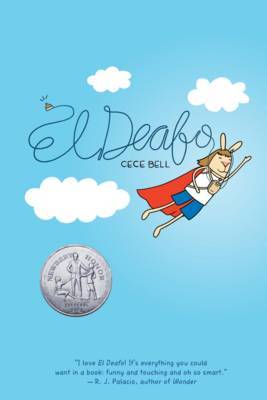
El Deafo
By Cece Bell
Abrams
RRP $20.00
This is a graphic novel based on Cece Bell’s experience losing her hearing as a young child. The text is simple and many kids will relate to the experience of not knowing what the people around them are talking about.
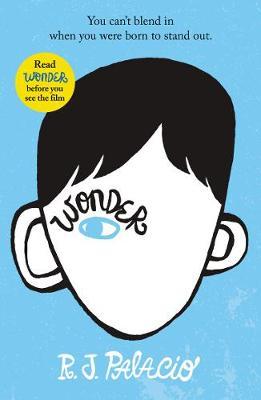
Wonder
By RJ Palacio
Random House
RRP $23.00
August Pullman is a fifth grader heading to school for the first time after being home-schooled. August has Treacher-Collins syndrome which has caused facial deformities. This book deals with August’s experiences of being bullied and how he overcomes his difficulties.
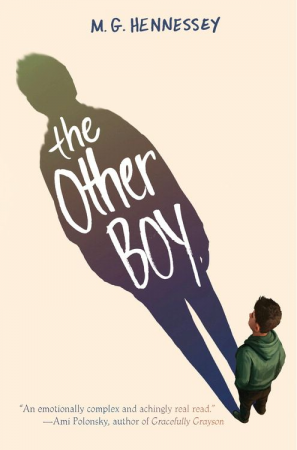
The Other Boy
By M. G. Hennessey
HarperCollins
12-year-old Shane is a transgender boy who deals with bullying when the kids at school find out he was assigned female at birth.
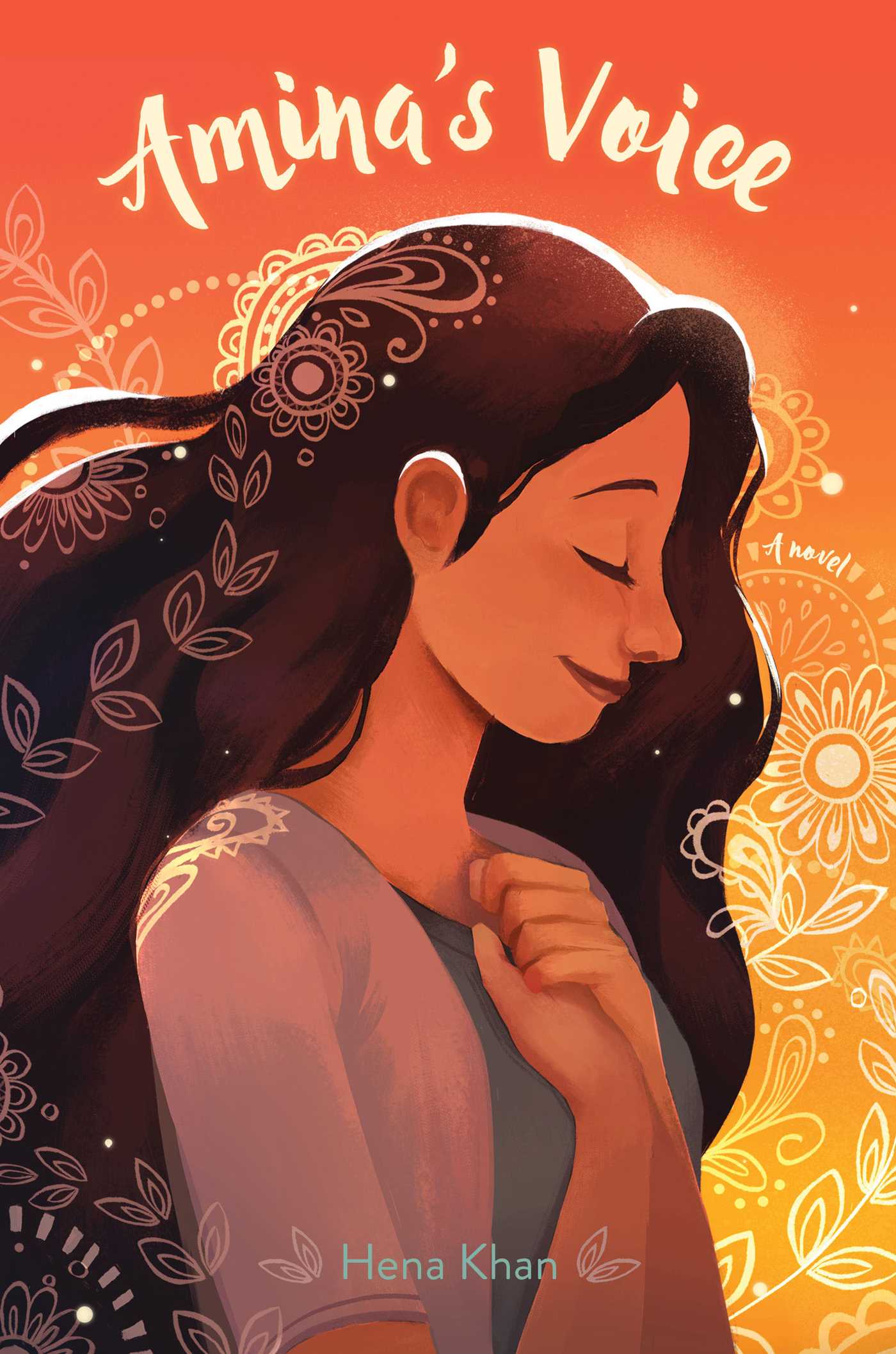
Amina’s Voice
By Hena Khan
Simon & Schuster
Amina is a Pakistani American Muslim whose best friend, Soojin, is Korean. This book centres around two issues: a hate crime targeting the local mosque and Amina’s struggles as Soojin wants to become more American.
Non-fiction
Non-fiction can be great for English language learners as many books have subject matter that interests older kids while still having short chunks of texts.
What to look for:
- complex concepts that are presented simply
- lots of photos, diagrams or sophisticated images with short captions
- a glossary that explains tricky words
Some great examples:
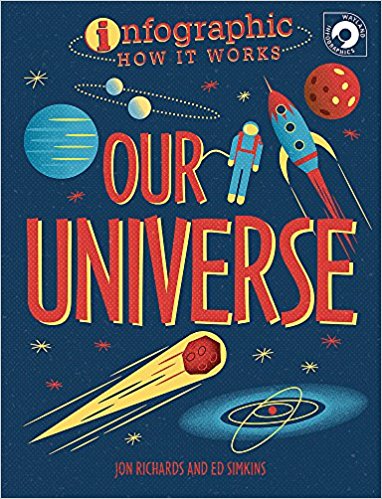
Infographics: How It Works
Wayland Press
This series has titles on many different subjects including the human body, space, life on earth, machines and technology. It presents the information with useful infographics and diagrams accompanied by short explanations.
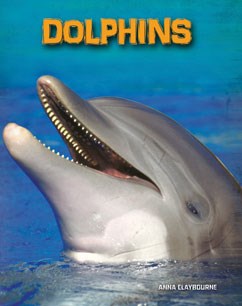
Heinemann InfoSearch series
Heinemann-Raintree
There are hundreds of books in this series, all with detailed photos, diagrams and short clear explanations of science concepts.
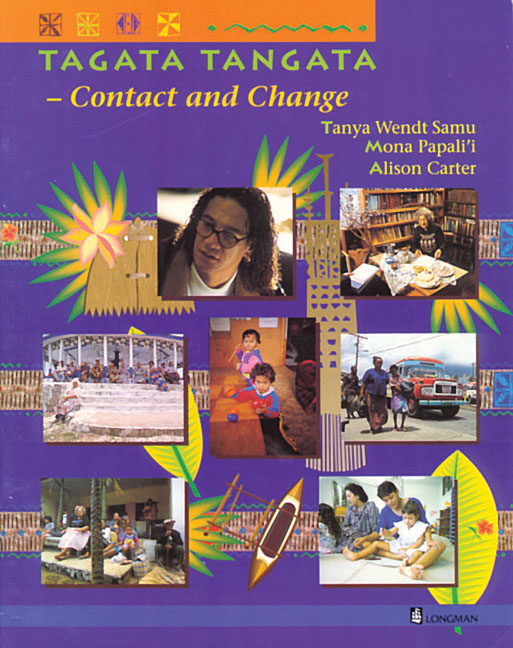
Tagata Tangata series
By Tanya Wendt Samu, Mona Papali’i and Alison Carter
Pearson
This set of three books looks at Pasifika history from Pasifika perspectives. There is some complex language in the books, but tricky words are often explained in the text or glossary.
Pasifika Books
Pasifika children are by far the biggest group of English language learners in New Zealand. It’s important to have books for these learners that reflect their lives.
What to look for:
- books that show modern life, as well as traditional ways of living
- books that show the lives of Pasifika people in cities, as well as in rural villages
- books written by Pasifika authors
Some great examples:
Pasifika Dual Language books (various authors)
This series has over 20 early reader books in English and one of five Pasifika languages (Gagana Sāmoa, Lea Faka-Tonga, Cook Islands Māori, Gagana Tokelau, and Vagahau Niue). The books have been adapted to be culturally and linguistically appropriate. For example, some pictures have been adapted to so children can see people who look like them.
Schools in New Zealand are entitled to one set for every Pasifika student, so check with your school to make sure they have received theirs. Find out more at TKI.
David Riley’s books
David Riley is a teacher from South Auckland who has written many books designed to appeal to Pasifika children.
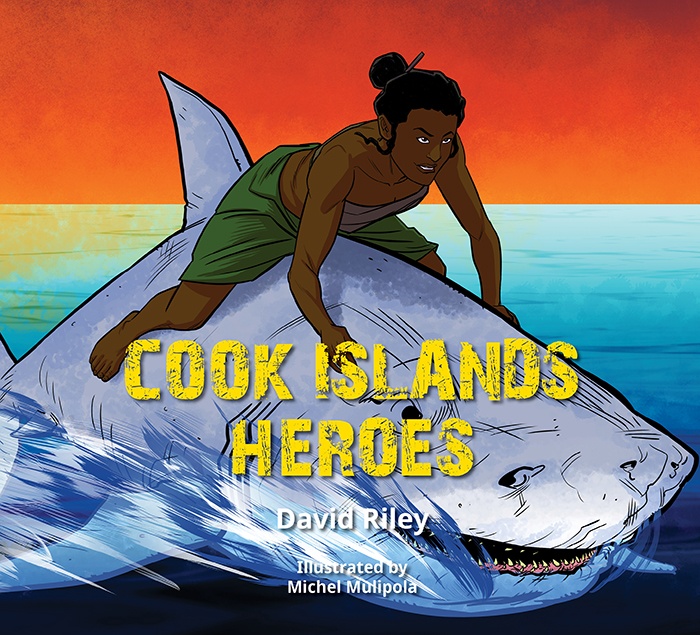
His Pasifika Heroes (published by Reading Warrior) series has stories of legends, historical and contemporary people from Samoa, Tonga, Niue and the Cook Islands.
You can read Bee Trudgeon’s interview with David Riley, for The Sapling, here.
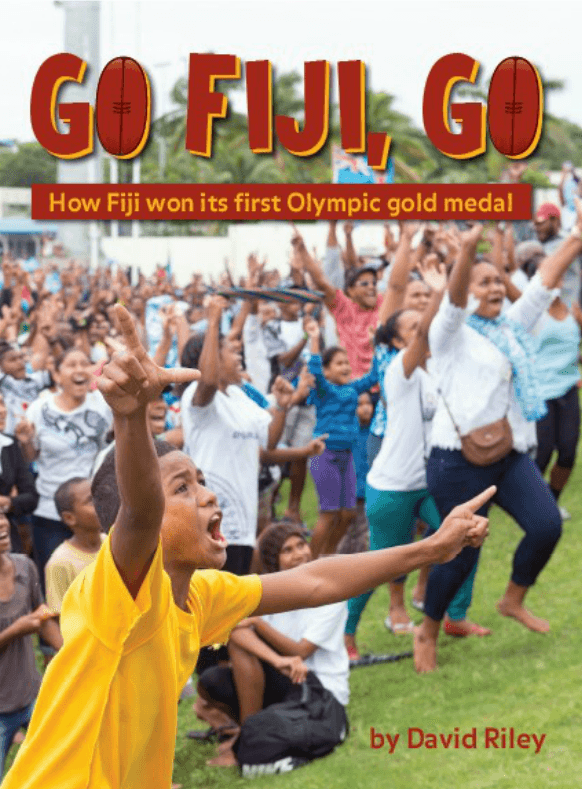
Riley’s Reading All Stars (published by Reading Warrior) series is a high/low set of books about sports stars, however, they are all about men, except for the book about gold medallists which includes some women.
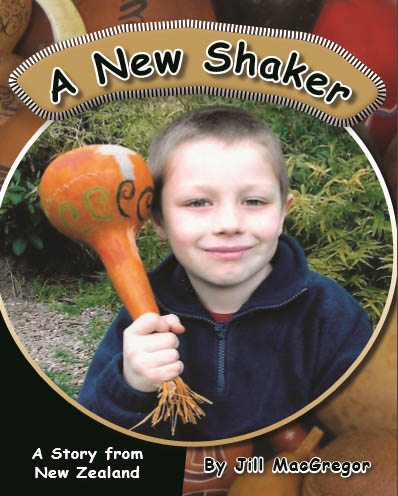
Children of the Pacific (series)
By Jill MacGregor
Each of these books is about daily life for children in a Pacific nation, either Tonga, Samoa, Kiribati, Fiji, Niue or the Cook Islands.
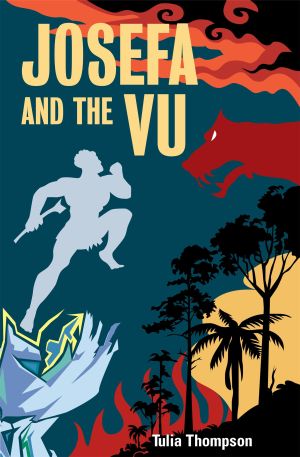
Josefa and the Vu
By Tulia Thompson
Published by Huia Publishers
RRP $20.00
Josefa is a Fijian boy growing up in New Zealand who is visited by a Fijian ancestral spirit and gets thrown into a huge adventure along with his best friend Ming. You can also listen to it on Radio New Zealand, which may appeal to some readers.
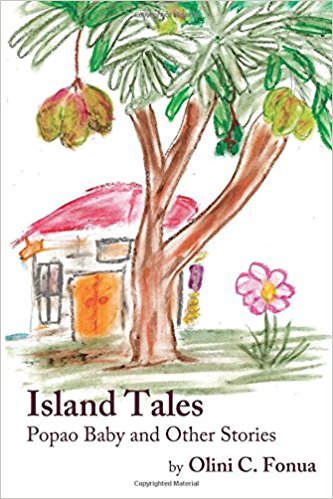
Island Tales: Popao Baby and other stories
By Olini C Fonua
Published by Olini C Fonua
This collection of short stories is based on life in Tonga. They are simple and would be great for beginner learners of English.
Whether you are a teacher, librarian or parent of an English language learners, there are lots of books out there that will encourage your learners to love reading.
Don’t get me wrong, Greedy Cat is a wonderful book, but let’s leave it for the younger children and search out some age appropriate books for your learners.
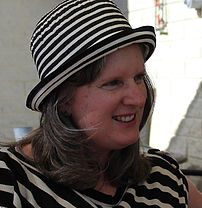
Frank Wilson
Frank Wilson is a lecturer in initial teacher education at Victoria university, specialising in social studies and literacy. She also works for the Aotearoa Social Studies Educators Network supporting teachers to develop their history and social studies programmes.



